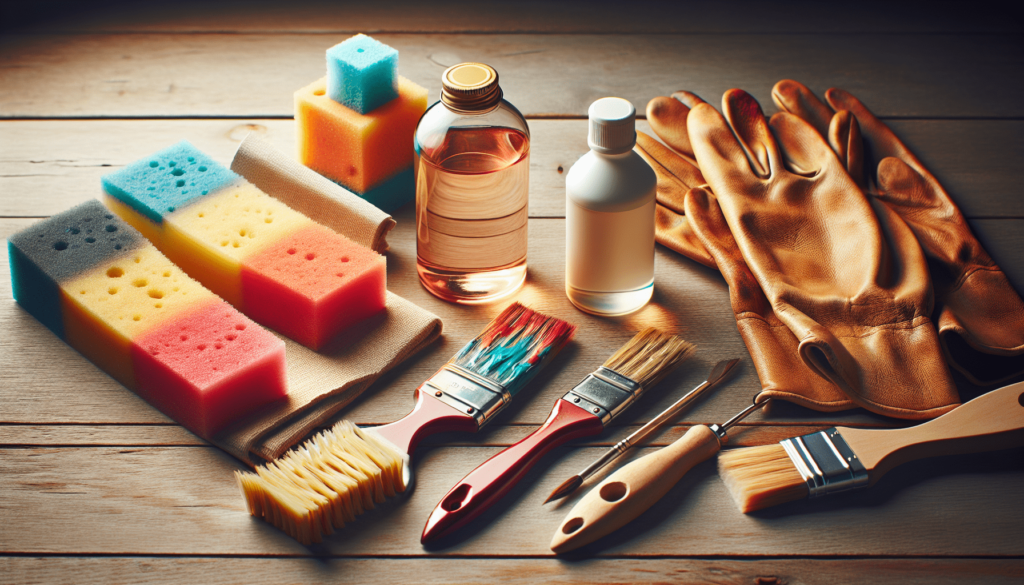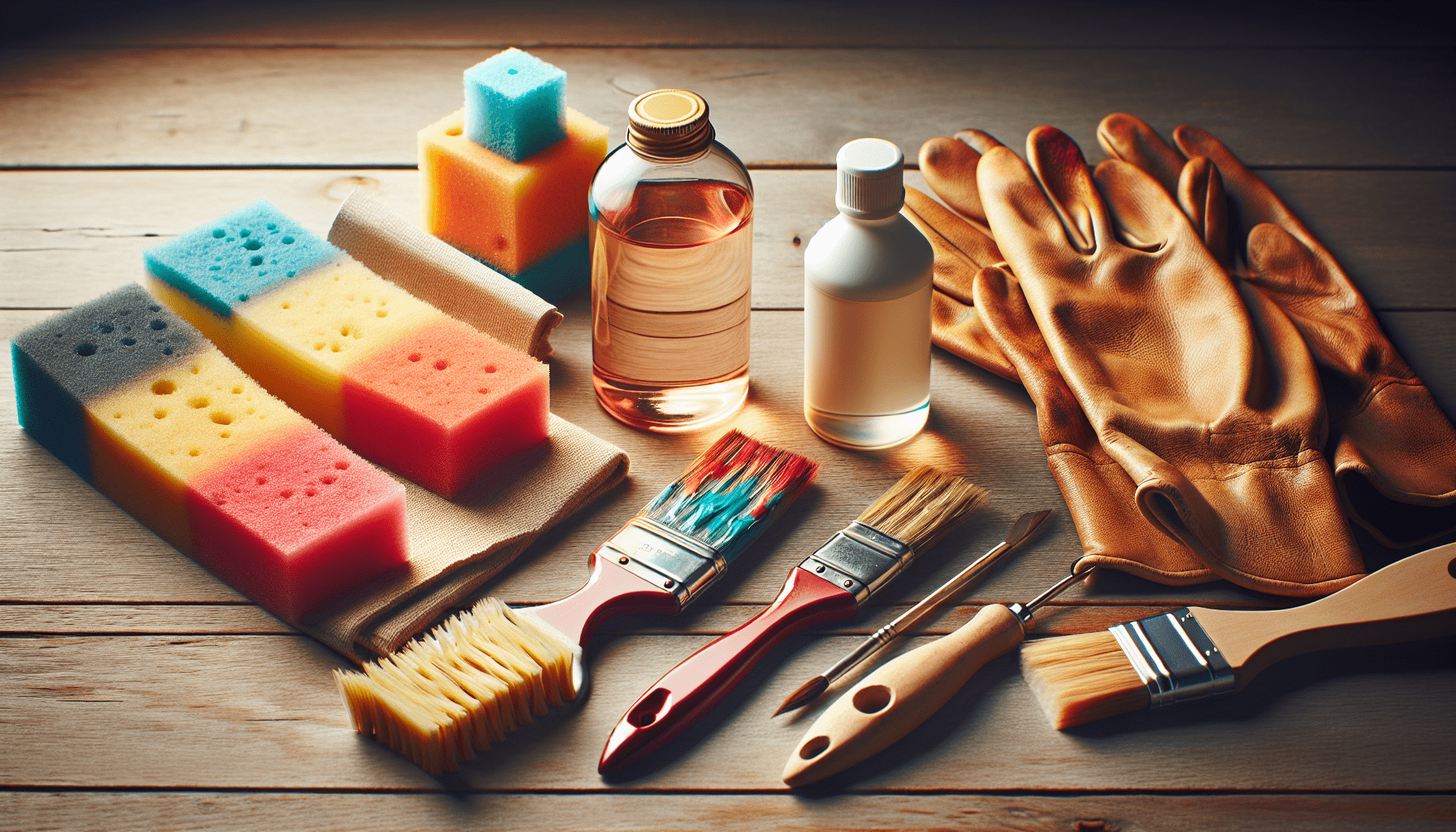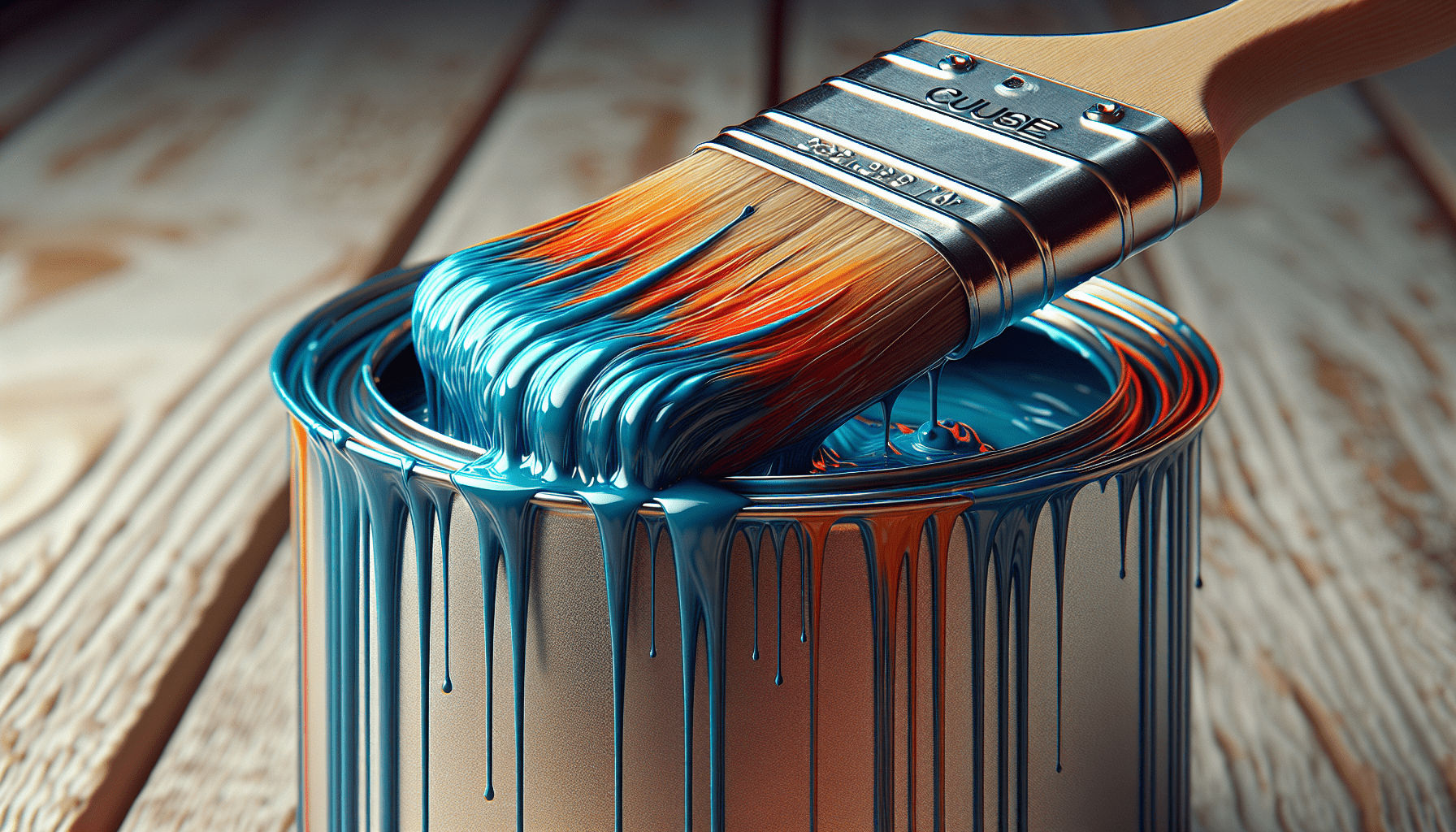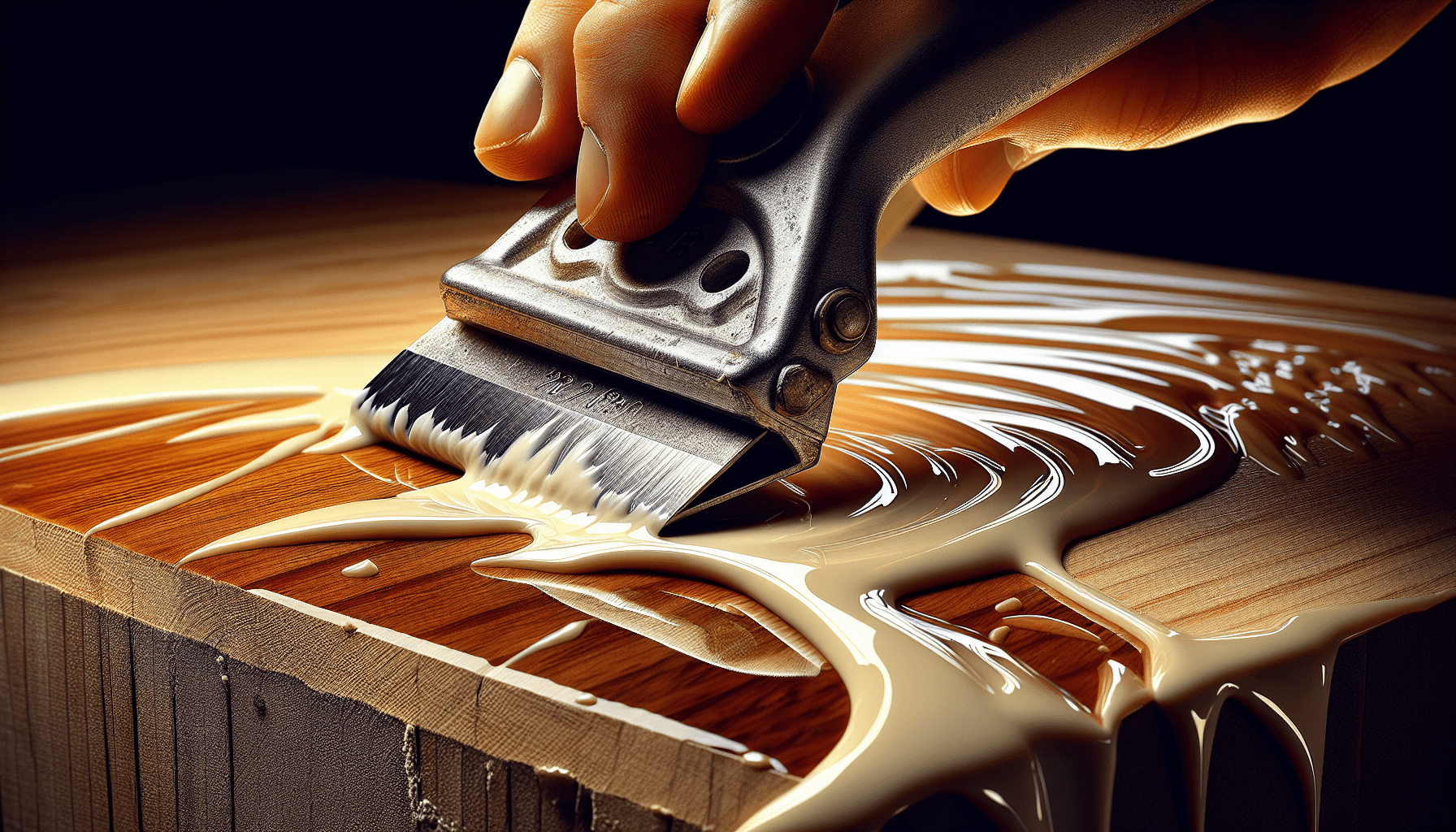Enamel paint can bring a vibrant and long-lasting finish to various surfaces, but when it comes to cleaning, it requires a specific approach to maintain its shine and durability. This article provides concise guidance on how to effectively clean enamel paint, ensuring that your painted surfaces remain fresh and stunning for years to come. Whether it’s removing smudges, stains, or everyday grime, follow these steps to achieve a professional-looking clean without compromising the quality of your enamel paint.

Gather the Necessary Supplies
To effectively clean enamel paint, it is essential to gather all the necessary supplies beforehand. Soft cloths or sponges are perfect for gently removing dirt and stains without causing damage. Warm water and mild dish soap will create a gentle and effective cleaning solution. It is also helpful to have a bucket or basin to mix and hold the cleaning solution. White vinegar and baking soda can be added to the solution for tougher stains or grease. Additionally, rubbing alcohol is useful for removing oil-based paint. Lastly, a stiff bristle brush and lint-free towels are essential for scrubbing and drying the painted surface. Remember to wear protective gloves throughout the cleaning process to keep your hands safe.
Prepare the Work Area
Before starting the cleaning process, it is crucial to prepare the work area. This involves covering the floor with a drop cloth or old newspapers to protect the surface from any potential spills or drips. It is also important to open windows or ensure proper ventilation in the room to avoid inhaling any fumes from the cleaning products. Additionally, wearing protective gloves is essential to prevent any skin irritations or reactions. Finally, remove any nearby items that may obstruct the cleaning process or be at risk of getting damaged.
Dust and Remove Loose Debris
Before applying any cleaning solution, it is important to remove dust and any loose debris from the painted surface. Using a soft cloth or dry sponge, gently wipe away any dust particles that may have settled on the surface. If there are any visible loose debris such as dirt or crumbs, it is advisable to use a brush or a vacuum to remove them. This initial step will ensure that the cleaning solution can work more effectively.
Test Cleaning Solution
To ensure that the cleaning solution does not cause any adverse reactions or discoloration on the painted surface, it is essential to perform a test. Mix a small amount of mild dish soap with warm water in a bucket or basin. Then, apply a small amount of the solution to a discreet area of the painted surface, such as a corner or an inconspicuous spot. Allow the solution to sit for a few minutes and then check for any adverse reactions or discoloration. If there are any negative effects, consider using an alternative cleaning solution or seeking professional assistance.

Clean the Enamel Paint
Once you have prepared the cleaning solution and performed the necessary tests, it is time to clean the enamel paint. Dip a soft cloth or sponge into the cleaning solution, making sure it is just damp and not soaking wet. Gently scrub the painted surface using circular motions, applying light pressure. For stubborn stains or grease, you can add a small amount of white vinegar or baking soda to the cleaning solution to enhance its cleaning power. However, it is important to avoid using abrasive cleaners or scrub brushes, as they can damage the paint. Rinse the cloth or sponge frequently in clean water to remove any dirt or stains that have been lifted from the painted surface. Continue cleaning until the enamel paint appears free from dirt and stains.
Remove Tough Stains
In some cases, there may be tough stains that require additional attention. In such instances, creating a paste using baking soda and water can be highly effective. Mix the baking soda and water to create a thick paste, then apply it directly to the tough stain. Allow the paste to sit on the stain for a few minutes to loosen it. Afterward, gently scrub the stain using a stiff bristle brush. Be cautious not to use excessive pressure, as it can potentially damage the paint. Once the stain has been scrubbed, rinse the area thoroughly with clean water to remove any residue.
Remove Oil-based Paint
If you are dealing with oil-based paint that needs to be removed, rubbing alcohol can be a helpful solution. Dampen a lint-free towel with rubbing alcohol and carefully rub the painted surface. It is important to avoid applying excessive pressure or scrubbing vigorously, as this can cause damage. Instead, gently rub the surface until the oil-based paint starts to lift. Repeat this process until the paint is fully removed.
Rinse and Dry
After successfully cleaning the enamel paint, it is crucial to rinse the painted surface with clean water. This step will help remove any remaining cleaning solution or soap residue. Use a clean cloth or sponge dampened with water to rinse the surface thoroughly. Ensure that all soap residue is removed to prevent any potential damage to the paint. Once the rinsing process is complete, use a lint-free towel to wipe the surface dry. It is crucial to ensure that the paint is completely dry before applying any additional treatments or coatings.
Maintain and Protect Enamel Paint
To keep your enamel paint looking its best and to prolong its longevity, it is important to establish a maintenance routine. Avoid using harsh chemicals or abrasive cleaners that can damage the paint. Instead, opt for gentle cleaning solutions and soft cloths or sponges. Regularly dust the painted surface to prevent the accumulation of dirt and debris. It is also crucial to wipe up spills or stains promptly to prevent them from becoming more difficult to remove. Applying a wax or sealant specifically designed for enamel paint can help protect the paint from everyday wear and tear. Always refer to the manufacturer’s recommendations for maintenance and care to ensure the best results.
Finishing Touches
Once you have completed the cleaning process and ensured the painted surface is dry, it is time for the finishing touches. Remove the drop cloth or newspapers from the floor, taking care not to spread any dust or debris that may have collected. Ensure that proper ventilation is maintained in the area to help the painted surface dry completely and to prevent any lingering odors or fumes. Lastly, dispose of any cleaning materials, such as used cloths or sponges, according to the proper waste disposal guidelines. Take a moment to admire the clean and vibrant enamel paint and appreciate the effort and care put into its maintenance.



